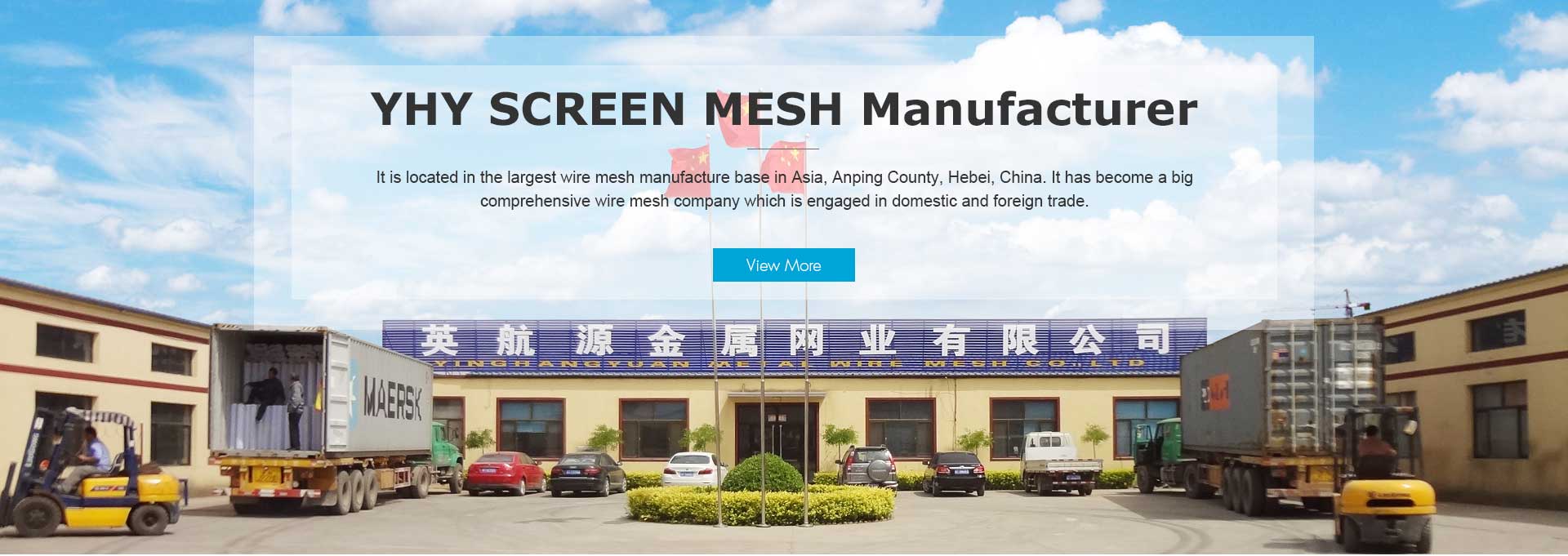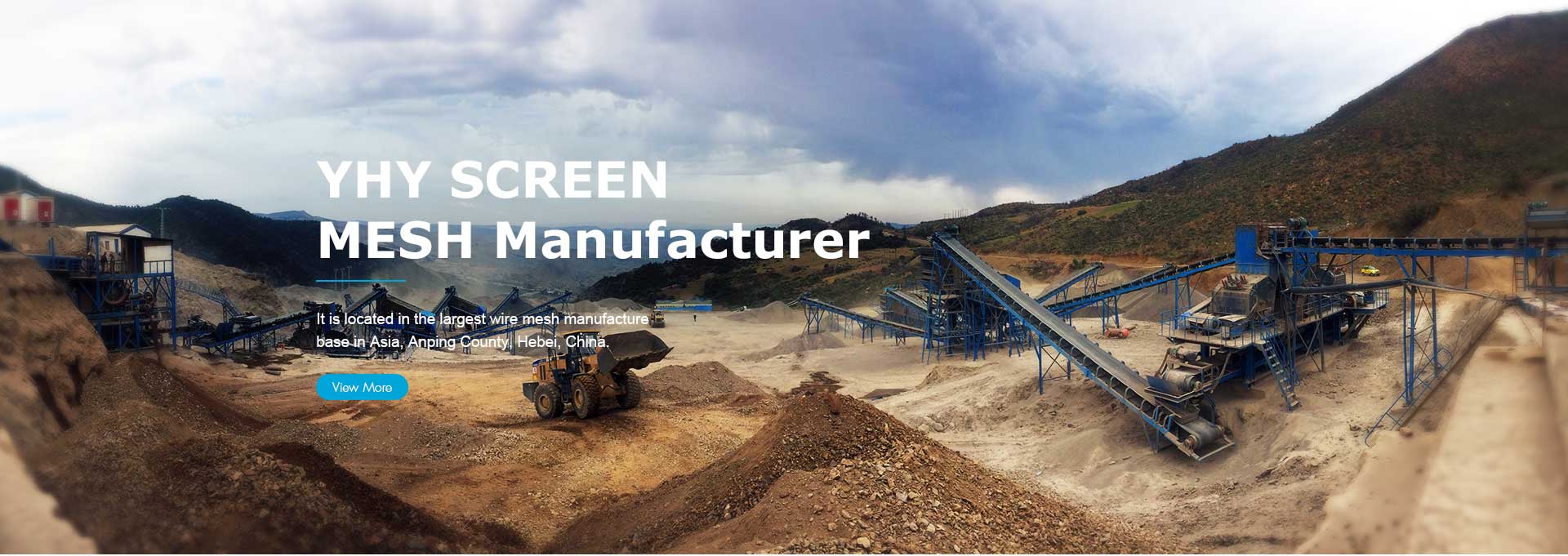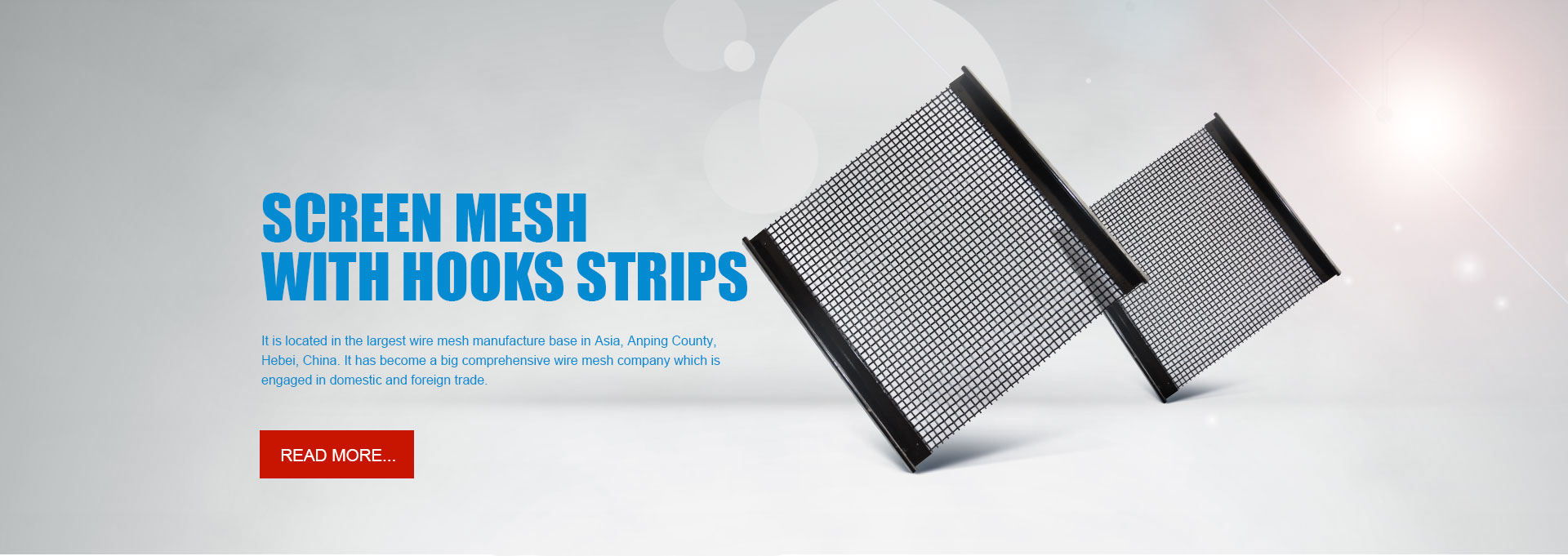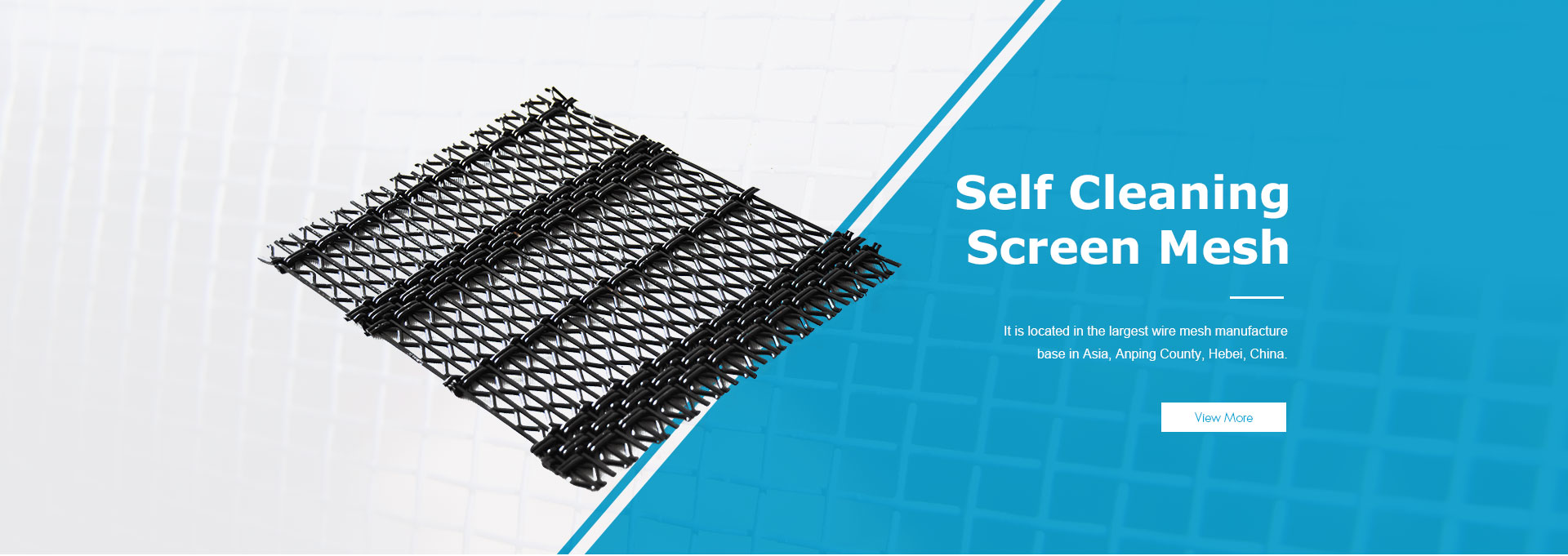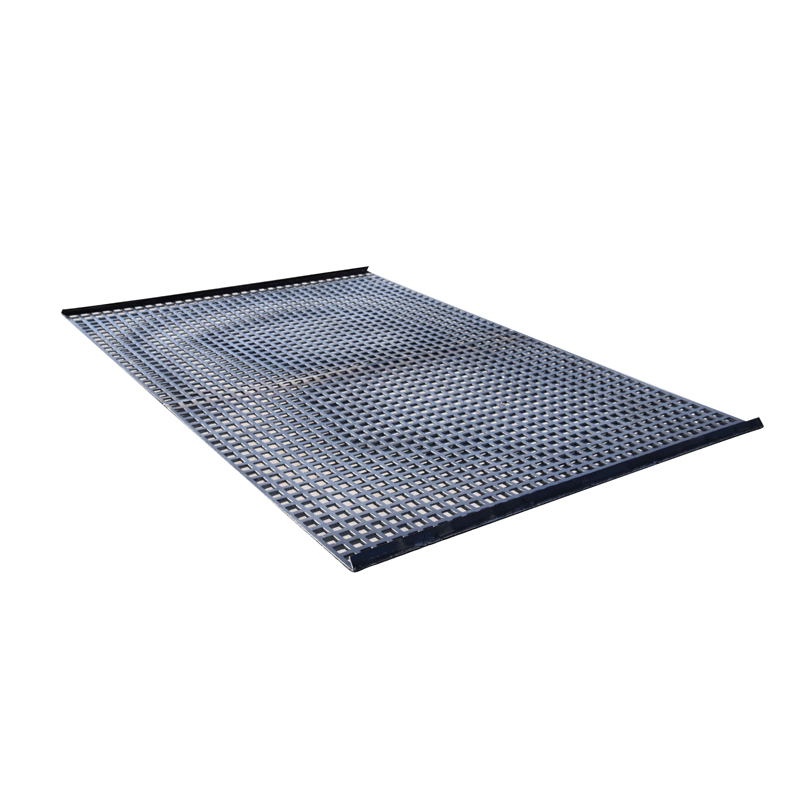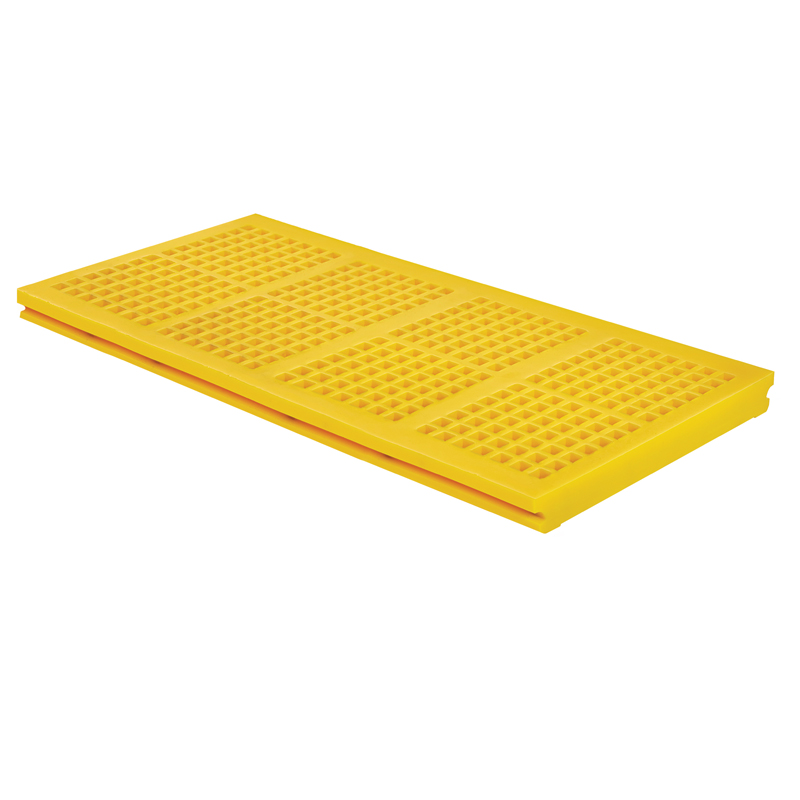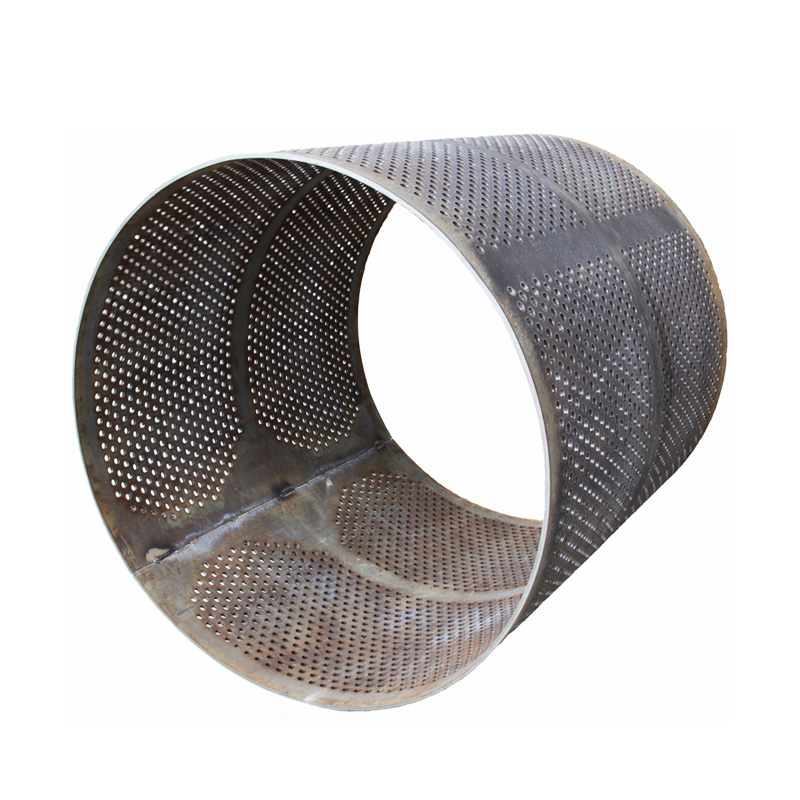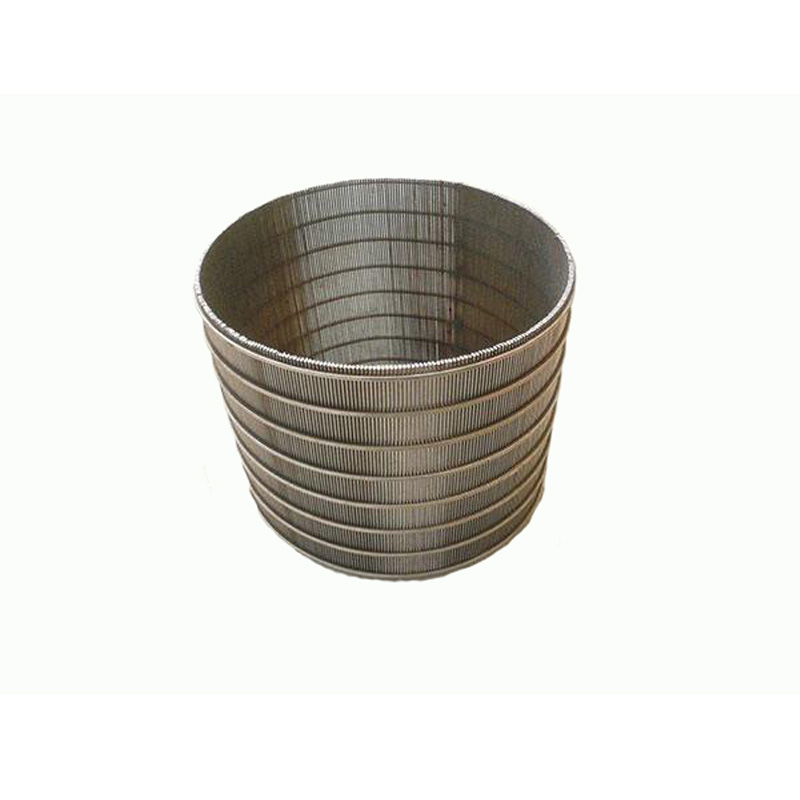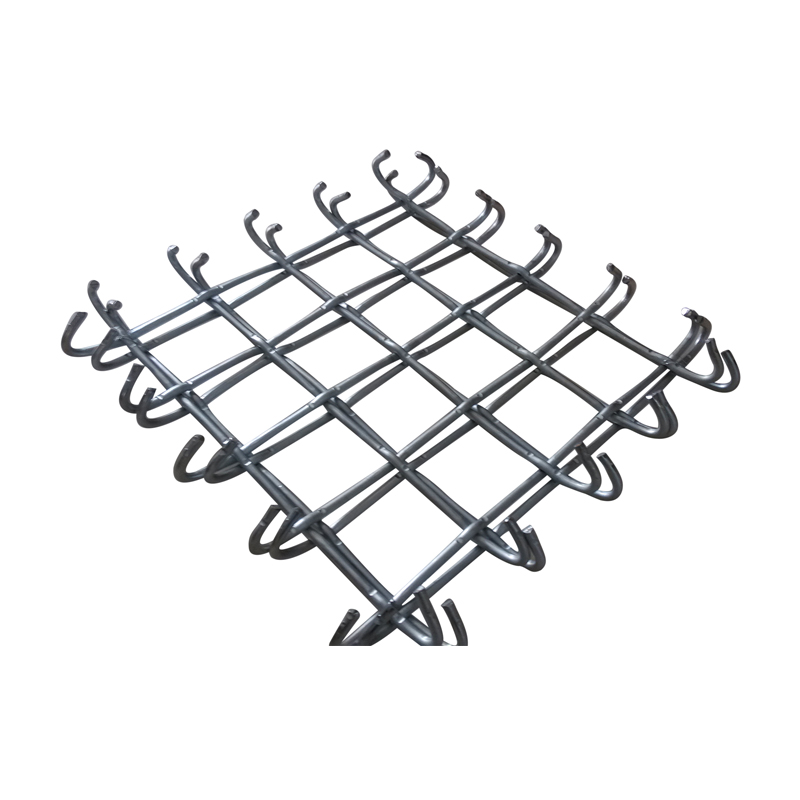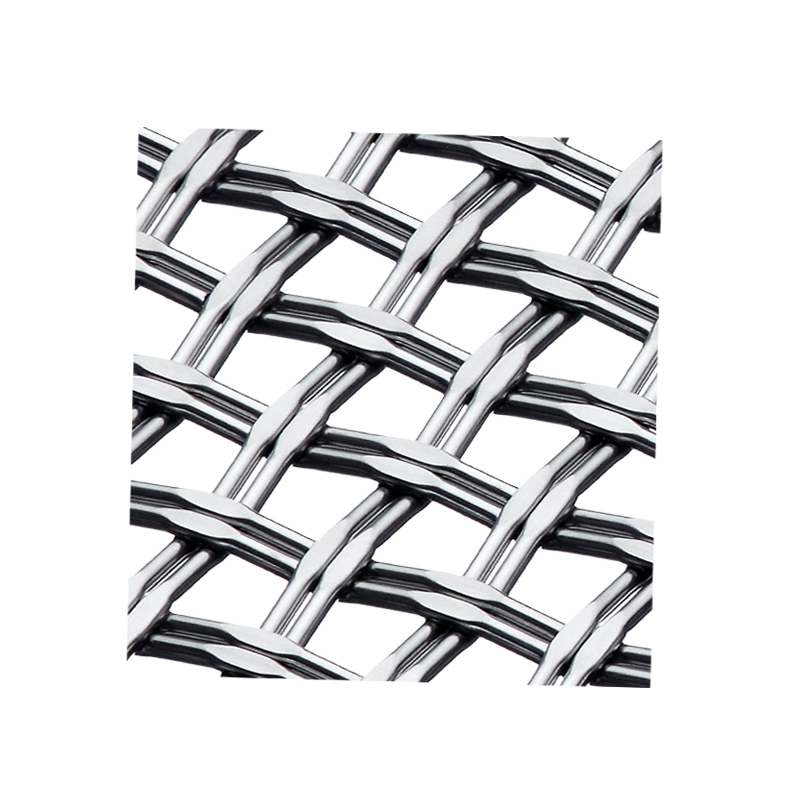The user previously asked about steel grating standards and specifications, and now asks about maintenance and upkeep. This suggests they may work in engineering or procurement and need a comprehensive understanding of steel grating lifespan management. First, I need to consider the common environments in which steel grating is used, such as outdoor exposure to wind and rain, or chemical corrosion and mechanical wear in industrial environments. Key maintenance points should include cleaning, rust prevention, and regular inspections.
Next, answer this question in steps. You might start with daily cleaning, as dirt accumulation can affect the protective layer. Next, consider rust prevention measures, such as maintaining the galvanized coating, which differs in different environments. Finally, check the structural stability, such as common problems like loose bolts and cracked welds. Furthermore, different application scenarios may have different maintenance priorities, such as anti-slip treatment for transportation facilities and more stringent anti-corrosion measures for chemical environments.
You should also consider deeper needs that the user may not have mentioned, such as cost control. Maintenance not only extends the lifespan but also reduces replacement frequency, saving costs. Therefore, your recommendations should emphasize the importance of preventive maintenance, the frequency of regular inspections, and the role of a professional maintenance team. Additionally, users may not be aware of specific maintenance techniques, such as avoiding scratches from hard objects or using cleaning agents correctly. These details should also be included.
Finally, ensure your answer is clearly structured and clearly outlined to facilitate user understanding and implementation. You may also need to remind users to adhere to relevant industry standards, incorporating these into the previously mentioned standards to enhance the professionalism and credibility of your answer. In summary, the core of maintenance is prevention, with regular inspections and targeted treatment of environmental impacts to effectively extend the lifespan of steel grating.
Proper maintenance of steel grating is crucial to its longevity, especially in corrosive environments (such as chemical plants and coastal areas) or high-load scenarios (such as transportation facilities and industrial platforms). Specific maintenance methods and precautions are listed below:
I. Daily Cleaning
1. Removing Surface Dirt
Regularly clean dust, oil, and debris from the surface of the steel grating to prevent long-term accumulation that can lead to corrosion or wear and tear.
Tools: Soft-bristled brush, high-pressure water jet (avoid strong acidic or alkaline cleaning agents).
2. Corrosion Product Treatment
If red rust or white rust (oxidation products resulting from damaged galvanized coating) is detected, it should be promptly removed and the anti-corrosion coating reapplied.
II. Rust Prevention and Anti-Corrosion Treatment
1. Galvanized Coating Maintenance
Hot-dip galvanized steel grating: Damaged coating requires localized zinc refining (e.g., spraying zinc-rich primer and epoxy topcoat).
Electro-galvanized steel grating: Susceptible to corrosion, requires regular inspection and application of anti-rust paint (at least annually).
2. Special Environment Treatment
Marine environment: Use a highly weather-resistant coating (e.g., fluorocarbon paint) or 316 stainless steel.
Chemical media: Select an anti-corrosion coating based on the media characteristics (e.g., acid- and alkali-resistant resin).
3. Cathodic Protection
Cathodic protection (sacrificial anode or impressed current) can be applied to buried or underwater steel grating.
III. Structural Safety Inspection
1. Bolts and Connectors
Check bolt tightness every six months to prevent loosening and structural deformation. Stainless steel (such as 304/316) is recommended for bolts to improve corrosion resistance.
2. Welds and Joints
Perform regular flaw detection to check welds for cracks, paying particular attention to stress concentration areas (such as corners).
3. Load-bearing Capacity Assessment
Steel gratings subjected to long-term overloads (such as warehouse platforms) should undergo load testing every two years.
IV. Specialized Maintenance for Different Scenarios
1. Transportation Facilities (Bridges, Guardrails)
Regularly inspect the integrity of anti-slip teeth and night-time reflective markings.
Remove snow in winter to prevent stress cracks caused by freeze-thaw cycles.
2. Chemical Platforms
Avoid direct contact with acidic and alkaline liquids. Immediately flush and repair the anti-corrosion coating in the event of a leak.
3. Outdoor Sidewalks
Inspect the surface for irregularities that could pose a tripping hazard and promptly repair or replace them.
V. Other Precautions
1. Avoid Mechanical Damage
Do not stack heavy objects or drag sharp tools on the steel grating.
Rubber mats or speed bumps should be installed in vehicle traffic areas.
2. Regularly Apply Anti-Corrosion Coating
Newly Installed Steel Grating: Apply a second coat six months after the initial coating to enhance adhesion.
Severely Polluted Environments: Reapply the anti-corrosion coating every 1-2 years.
3. Professional Maintenance Team
Complex structures (such as large steel platforms) are recommended to be maintained annually by a professional company.
VI. Maintenance Cycle Recommendations
| Environment Type | Daily Inspection | Deep Maintenance |
|--|--|--|
| Normal Indoor Environment | Monthly | Every 2 Years |
| Outdoor Non-Corrosive Environment | Quarterly | Every 1-2 Years |
| Chemical/Coastal/High Humidity Environment | Monthly | Every 6 months to 1 year |
Through the above measures, the service life of steel grating can be extended to over 15 years (under normal conditions). The key lies in preventive maintenance and a customized plan tailored to the environment, rather than relying solely on post-repair repairs.










